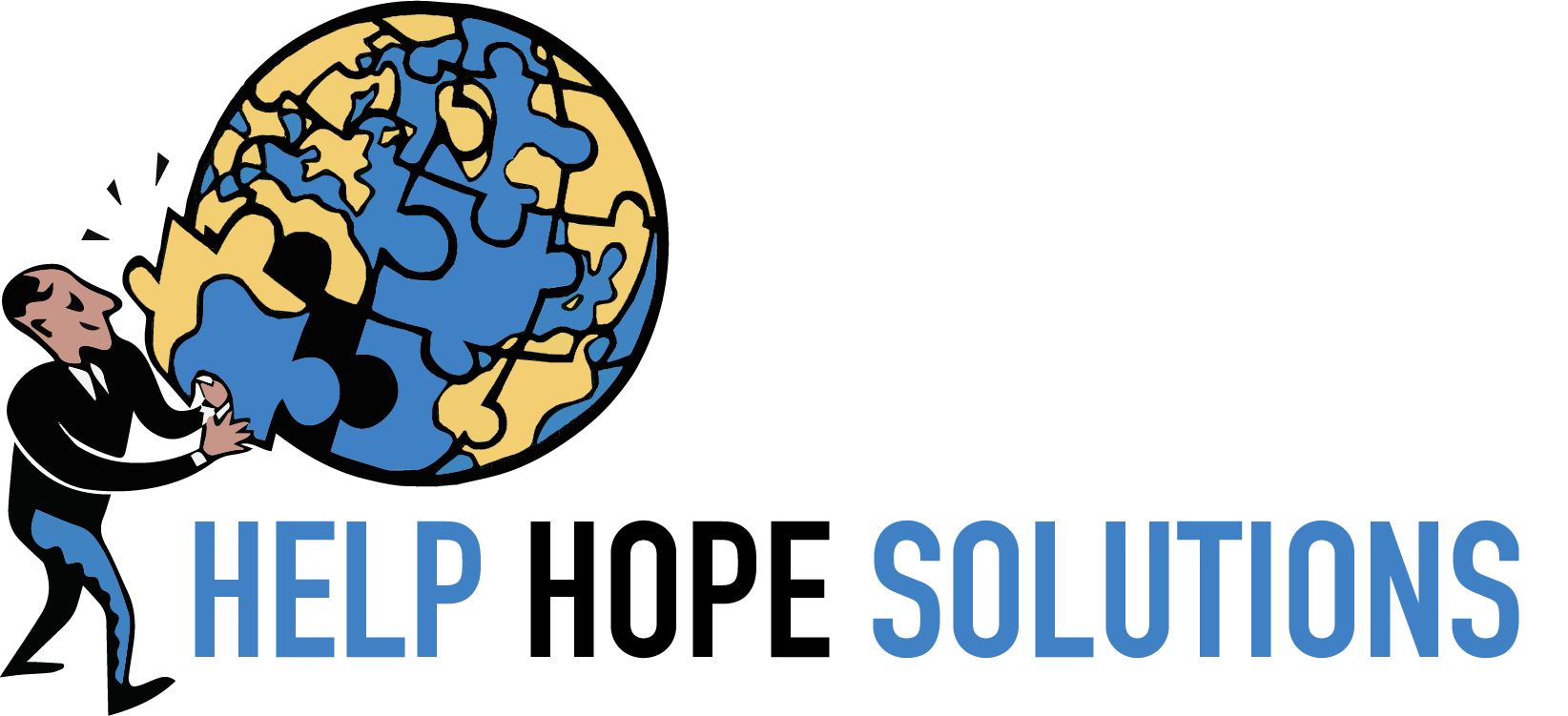Introduction
Getting a diagnosis of autism for your child and trying to find the right path can be overwhelming to say the least. Usually, the parents get a referral for ABA therapy but not an explanation regarding what it is and how it can really help their child. An Internet search can leave a parent more confused, overwhelmed, and often times, misinformed regarding what really happens in ABA, and how it can impact their child.
As a result I receive a lot of questions regarding what ABA is, who needs it, how many hours are recommended in order to see progress, and why so many hours are required. During our initial meetings with the parents we give out so much information and provide so many explanations, and I can see the parents eyes glaze over, and their nonverbal behaviors show that they slowly shut down (there is only so much information that a person can process, especially in a very emotionally charged situation!). At that point I often wonder how much information is getting through and how much of what we discussed will actually be remembered. We are always available through emails and phone calls but I think that having most relevant information written out may give the new (and not so new) parents another way to reach, and process that information.
What is the definition of ABA?
The textbook definition of ABA states that Applied Behavior Analysis the process of systematically applying interventions based upon the principles of learning theory to improve socially significant behaviors to a meaningful degree, and to demonstrate that the interventions employed are responsible for the improvement in behavior. However, unless you have a degree in behavior analysis, this definition doesn’t really tell you much about what we do. Parents often ask what does that really mean?
Well, it means that we implement specific teaching techniques to help children acquire many different skills, such as language skills, self-help skills, and play skills while reducing their need to engage in maladaptive behaviors to communicate, get their needs met, gain access to toys, etc.
In ABA, our goal is to set up the environment in such way that the child can be successful! Because often time skills are very complex, and consist of multiple steps, children with autism have a difficult time learning from the natural environment. We teach by breaking down a specific skill into small steps, and isolating specific variables so that it is very clear for the child what behavior we want them to engage in (targeted behavior). We often help the child learn by showing them what we want them to do (modeling), or by physically helping them complete the task (prompting). When the child engages in the targeted behavior they are rewarded (reinforced) for their hard work (and believe me, it is hard for them!!) by having access to a preferred toy or activity (reinforcement). It’s a short interaction or exchange between the child and the teacher that results in the child learning the targeted behavior.
Often times this type of exchange has been criticized because it is “short”, “unnatural”, “artificial”, “robotic”, and “it encourages the expectation of a reward at the end”. The reality of it is that, we all engage in daily behaviors because there is an immediate or delayed motivator attached to our behavior. No matter how much we love our job, we go to work daily because we get a paycheck every two weeks. When we love our job it motivates us to do it better but the primary motivator for us working is the reward we get every two weeks. It is true that our initial teaching interactions are short but that is because that is in the best interest of the child, because that way they understand what is it that they need to learn, and they get something in exchange for their effort. Ideally, a good program will work on increasing the number of exchanges (behaviors) before reinforcement is allowed but that is carefully planned when the child is ready for it.
So what does ABA teach? The answer – everything!
Because ABA sees everything a person does as a behavior, any kind of skill deficit can be thought with ABA techniques!
The word behavior has gained a negative connotation because it is usually associated with, or used to describe maladaptive, socially inappropriate behaviors. But, in reality, everything we do should be considered a behavior, and behaviors should be classified as appropriate vs. inappropriate. In ABA we work on increasing appropriate behaviors, which can be anything from labeling objects to having conversations, social interactions, or learning academic skills. If a child engages in any kind of inappropriate behaviors then our goal would be to decrease those inappropriate, maladaptive behaviors (hitting, throwing, biting, etc.) and replace them with appropriate behaviors such as using language, age appropriate play skills, etc. It is very important for parents to understand that, a child can benefit from ABA if they have any kind of skill deficits/developmental delay, even if the child doesn’t engage in maladaptive behaviors.
How do we decide what to work on?
An assessment is completed by a BCBA (Board Certified Behavior Analyst) to gain knowledge regarding a child’s skill deficits and strengths. Based on the assessment results, and parent input the BCBA designs a program and creates a data sheet. A data sheet is a blueprint of all the programs/behaviors/skills that a child is going to work on and it must be individualized to fit every child’s specific needs. It is extremely important that every child has individualized goals, and I urge parents to avoid centers/home programs that have the same data sheets/goals for all their clients.
The behaviors/skills (target behaviors) outlined on the data sheet should address skills in all developmental areas with documented deficits.
Ideally, for each area, the target behavior should be a behavior that the child needs to learn; a developmentally appropriate behavior (for example, we don’t work on requesting with multiple word phrases until the child has a variety of words in his/her repertoire); a behavior that is meaningful for the child and/or the family (we will teach labels of objects that the child is interested in, such as toys or snacks that the child likes before teaching more neutral labels such as furniture items); it’s socially acceptable; it increases the likelihood that he child will be more successful.
The child’s progress should be constantly monitored through data collection and analysis, and it should be discussed with the parents during team meetings. Team meetings are meetings with the parents, the BCBA and one or more of the therapists that works with the child. The goals of the team meetings are: 1) for the parents to see what their child is working on/learning; 2) to review the entire program; 3) to make necessary changes. In general, changes to a program are made when 1) the child has learned a skill- in this case that program is replaced with a different one; and 2) when progress is not noted in a certain area – in this case the teaching method may need to change, or the program is replaced with another one that may address some supporting or prerequisite skills. In our center, the frequency of the team meetings is determined based on the number of therapy hours and it can be twice a month, once a month, or every 6-8 weeks.
The number of therapy hours required can vary between 8 and 40 hours per week depending of the degree of delays identified, and the number and severity of learning barriers identified during the assessment.


